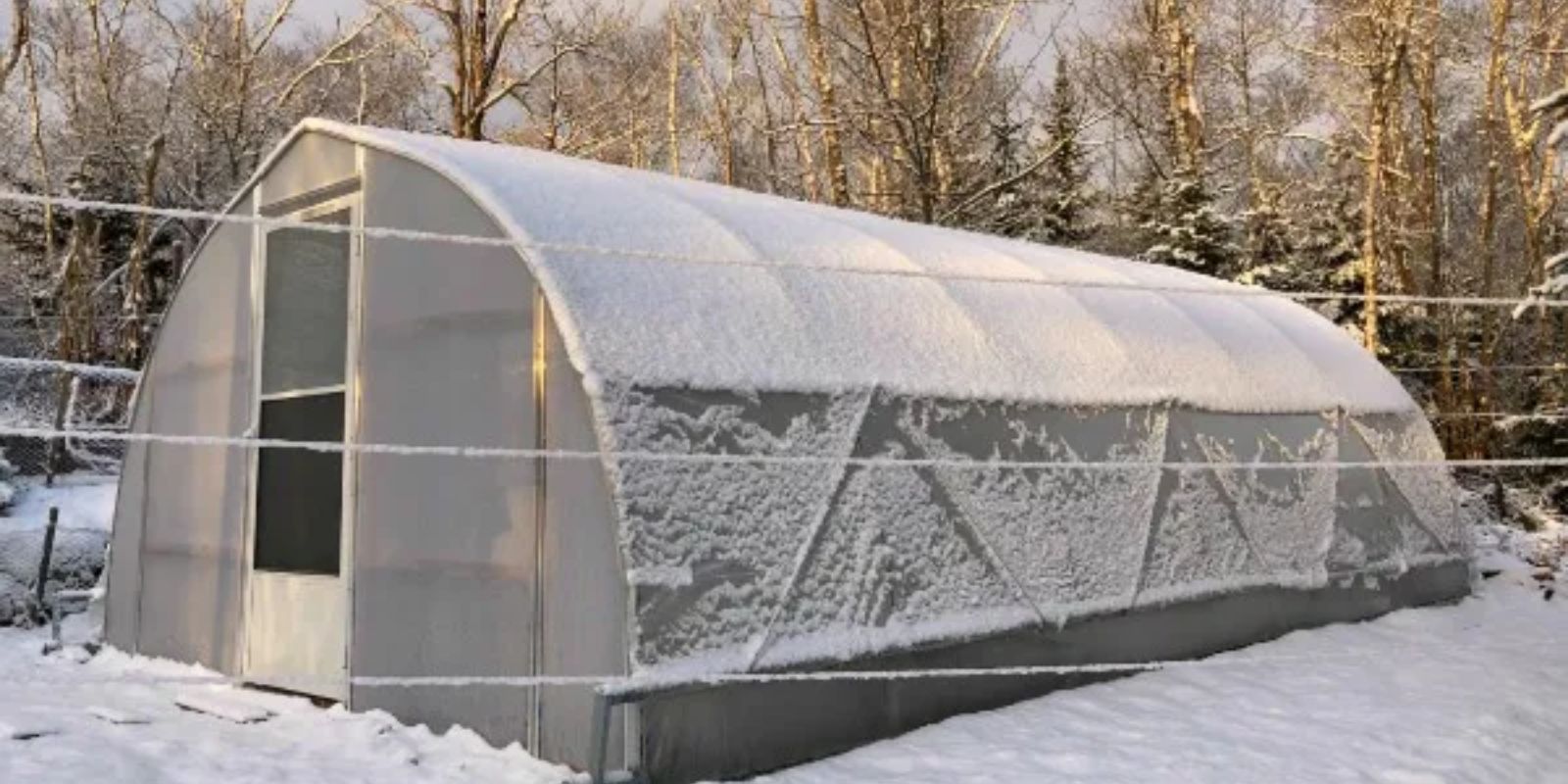As the chill of winter sets in, many gardeners believe that their growing season has come to an end. However, with the right techniques and understanding, winter gardening can be just as productive and fulfilling as any other season. Growing vegetables in cold weather not only extends your harvest season but also provides fresh produce during the months when it’s needed the most. This article will explore the secrets to successful winter gardening and how you can grow a bountiful garden even in the frostiest conditions.
Choosing the Right Vegetables
The key to a successful winter garden starts with selecting the right crops. Not all vegetables are suited for cold weather, but many thrive in it. Cold-hardy vegetables such as kale, spinach, Brussels sprouts, carrots, and leeks are excellent choices for winter gardening. These plants have evolved to withstand frost and can continue growing even when temperatures drop below freezing.
Kale and Spinach: These leafy greens are incredibly resilient and often taste sweeter after a frost, as the cold temperatures cause the plants to convert some of their starches into sugars.
Brussels Sprouts: This vegetable thrives in cold weather and actually requires a touch of frost to develop its best flavor. The cold enhances the sweetness of the sprouts, making them a winter garden favorite.
Carrots and Leeks: Root vegetables like carrots and leeks can be left in the ground and harvested as needed throughout the winter. They continue to develop their flavors as they mature in the cold soil.
Preparing Your Garden for Winter
Preparing your garden for the winter months is crucial for the health of your plants. The first step is to enrich your soil with organic matter, such as compost or well-rotted manure. This not only improves soil fertility but also helps the soil retain warmth, providing a more hospitable environment for your plants.
Soil Preparation: Start by clearing any debris from your garden beds. Add a layer of compost to improve the soil structure and fertility. Compost acts as a natural insulator, trapping heat within the soil and helping to maintain a stable temperature for your plants’ roots.
Mulching: Apply a thick layer of mulch around your plants. Mulch acts as an insulator, protecting the soil from extreme temperature fluctuations. It also helps retain moisture, which is vital during the winter when plants require less water but still need consistent hydration.
Creating a Protective Environment
Winter gardening requires creating a protective environment for your plants to thrive. This can be achieved through various methods, such as using cold frames, row covers, or cloches.
Cold Frames: A cold frame is a simple, unheated structure that traps heat from the sun, providing a warmer microclimate for your plants. It’s essentially a mini-greenhouse that can be used to start seeds earlier in the season or extend your growing season into the winter. Cold frames can be made from wood and glass or even old windows.
Row Covers: These lightweight fabrics are draped over your plants to protect them from frost and wind. Row covers allow light and moisture to penetrate while providing a barrier against the cold. They are especially useful for leafy greens and root vegetables.
Cloches: Cloches are individual plant protectors that cover single plants or small groups of plants. They help retain heat and moisture, creating a warmer environment for tender plants. You can purchase cloches or make your own using recycled materials like plastic bottles.
Maximizing Sunlight and Managing Watering
During winter, the days are shorter, and sunlight is less intense, making it crucial to maximize the amount of light your plants receive. Position your garden beds or containers in areas that get the most sunlight during the day, usually a south-facing location.
Maximizing Sunlight: Ensure that your plants are positioned to receive as much sunlight as possible. If you’re using a cold frame or greenhouse, clean the glass or plastic regularly to allow maximum light penetration. Consider using reflective surfaces, such as aluminum foil or white walls, to bounce additional light onto your plants.
Watering: Plants require less water during the winter due to slower growth and reduced evaporation. However, it’s essential to keep the soil consistently moist. Water your plants during the warmer parts of the day to prevent the water from freezing on the plants. Be careful not to overwater, as this can lead to root rot, especially in colder temperatures.
Succession Planting and Harvest Timing
Succession planting is a technique that involves planting new crops at intervals to ensure a continuous harvest throughout the season. In winter gardening, this strategy can be particularly useful.
Succession Planting: To ensure a steady supply of vegetables, plant cold-hardy crops in succession. For example, you can sow spinach seeds every two weeks to have fresh leaves available throughout the winter. This approach also helps you make the most of your growing space and time.
Harvest Timing: Timing your harvests is crucial in winter gardening. Some vegetables, like carrots and parsnips, can be left in the ground until you’re ready to use them. They actually become sweeter the longer they stay in the cold soil. Others, like leafy greens, should be harvested as needed to prevent them from becoming too tough.
Final Thoughts: Embrace Winter Gardening
Winter gardening offers a unique opportunity to extend your growing season and enjoy fresh, homegrown produce during the colder months. By choosing the right vegetables, preparing your garden properly, and using protective measures, you can create a thriving winter garden.
Call to Action: Have you tried winter gardening? Share your tips or ask questions in the comments below! Let’s grow our winter gardening knowledge together.

